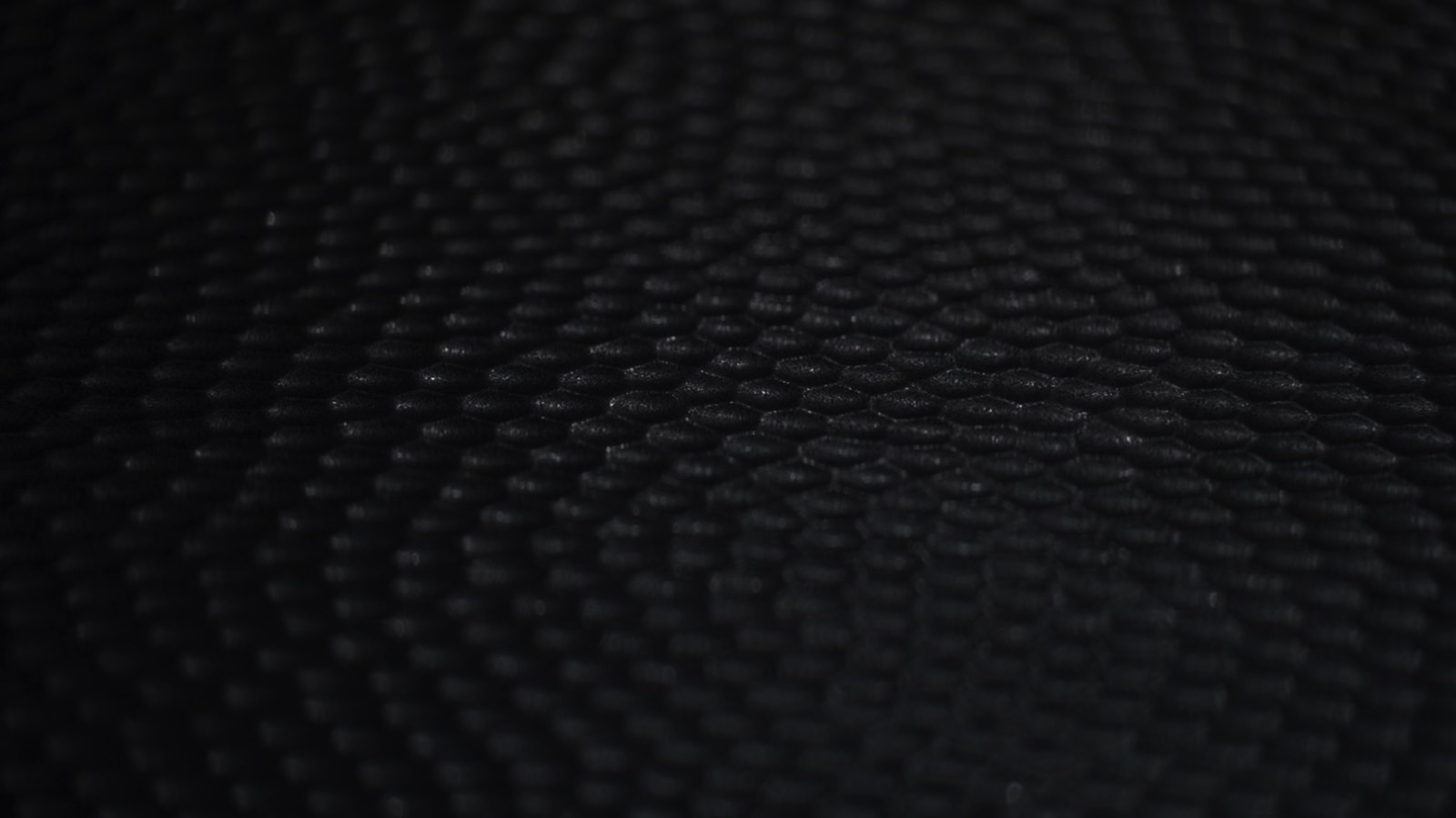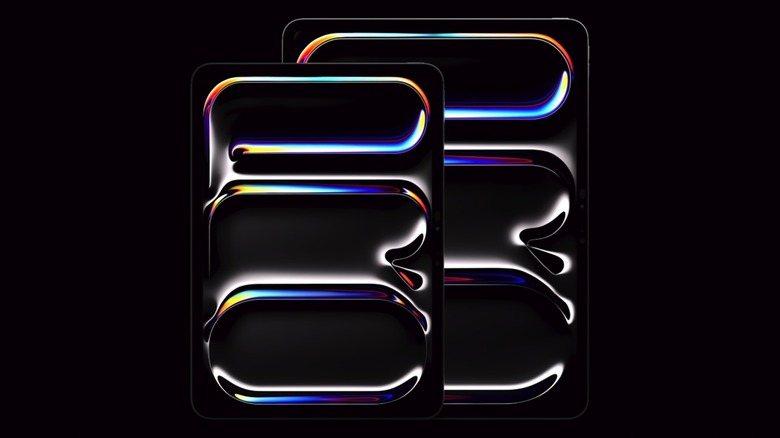OLED iPad Pro's Nano-Texture Glass Upgrade Costs A Lot More Than You Think
Apple only needed 40 minutes to announce the iPad Air 6, the OLED iPad Pro, the M4 chip, and the new iPad accessories. The company confirmed all the rumors that preceded the show. I should know, not because my job description requires it, but because I'm actually considering buying an OLED iPad Pro for my own personal use.
The OLED screen, the M4 chip, and the incredibly thin profile are all great upgrades that I'm sure I'd appreciate. The price isn't bad, either, with the 11-inch model I want starting at $999 for 256GB of storage. All I need now is to see what iPadOS 18 brings to the table in terms of making the iPad Pro a potential laptop replacement.
But there is one OLED iPad Pro rumor that I was dying to see come true, and it happened. Apple finally gave its Pro-grade iPad a glass option to reduce glare. It's called nano-texture glass, and the new iPad Pro is the first Apple product to get it aside from the Studio Display.
Interestingly, you can't get it on the cheaper iPad Pro models. You have to order either the 1TB or 2TB version of the OLED iPad Pro... and pay a $100 premium on top.
So, what is nano-texture glass exactly? Here's how Apple describes it:
For pro users working in high-end, color-managed workflows or challenging lighting conditions, a new nano-texture glass option comes to iPad Pro for the first time. Nano-texture glass is precisely etched at a nanometer scale, maintaining image quality and contrast while scattering ambient light for reduced glare.
I do not work in "high-end, color-managed workflows or challenging lighting conditions," but I will say that I'm a big fan of the NXTPAPER display tech TCL uses in some of its phones and tablets.
Like the nano-texture glass, the TCL tech reduces glare, significantly improving the viewing experience. The TCL NXTPAPER tablets are a particular highlight. That is, the larger the display, the bigger the impact of a glare-free screen.
I'm not saying that nano-texture glass is the equivalent of TCL's tech. After all, Apple calls its new iPad Pro screens the "world's most advanced" displays:
With its breakthrough tandem OLED technology, extreme brightness, incredibly precise contrast, brilliant colors, and nano-texture glass option, the new Ultra Retina XDR display is the world's most advanced display, giving iPad Pro customers an unparalleled viewing experience.
But I would appreciate the nano-texture upgrade for the sake of my eyes. I look at screens all day long, and glare can be a problem. To get it on the 11-inch OLED iPad Pro, I'd have to buy the $1,599 1TB or $1,999 2TB variants. And then I'd have to pay $100 just for the glass panel upgrade. So that's $1,699 or $2,000.

I'd gladly pay the extra $100 on top of the $999 price tag for the base model. However, I think the glass upgrade is more expensive than a flat $100. Part of it must be factored into the mandatory storage upgrade. If you choose the 13-inch model, the nano-texture glass upgrade will cost you $1,999 or $2,399. That extra $100 is factored into both of those price tags.
Interestingly, the 1TB and 2TB iPad Pro models also offer a better M4 chip, the 10-core CPU variant that Apple spoke about during the event. The 256GB or 512GB models will pack a 9-core M4 variant. It'll still be better than anything available on rival products, but it's something else to consider.
With that in mind, is the nano-textured glass worth it? It would be, if I could replace my MacBook with the OLED iPad Pro. I'd also get the extra storage and a slightly better chip. I'll just have to wait for iPadOS 18 to be made official to see whether that's even possible.
On the other hand, the$700 extra I'd pay for the 1TB iPad Pro with nano-texture glass would be enough to get me the cellular version ($200) of the tablet, the new Magic Keyboard ($299), and the Apple Pencil Pro ($129).
